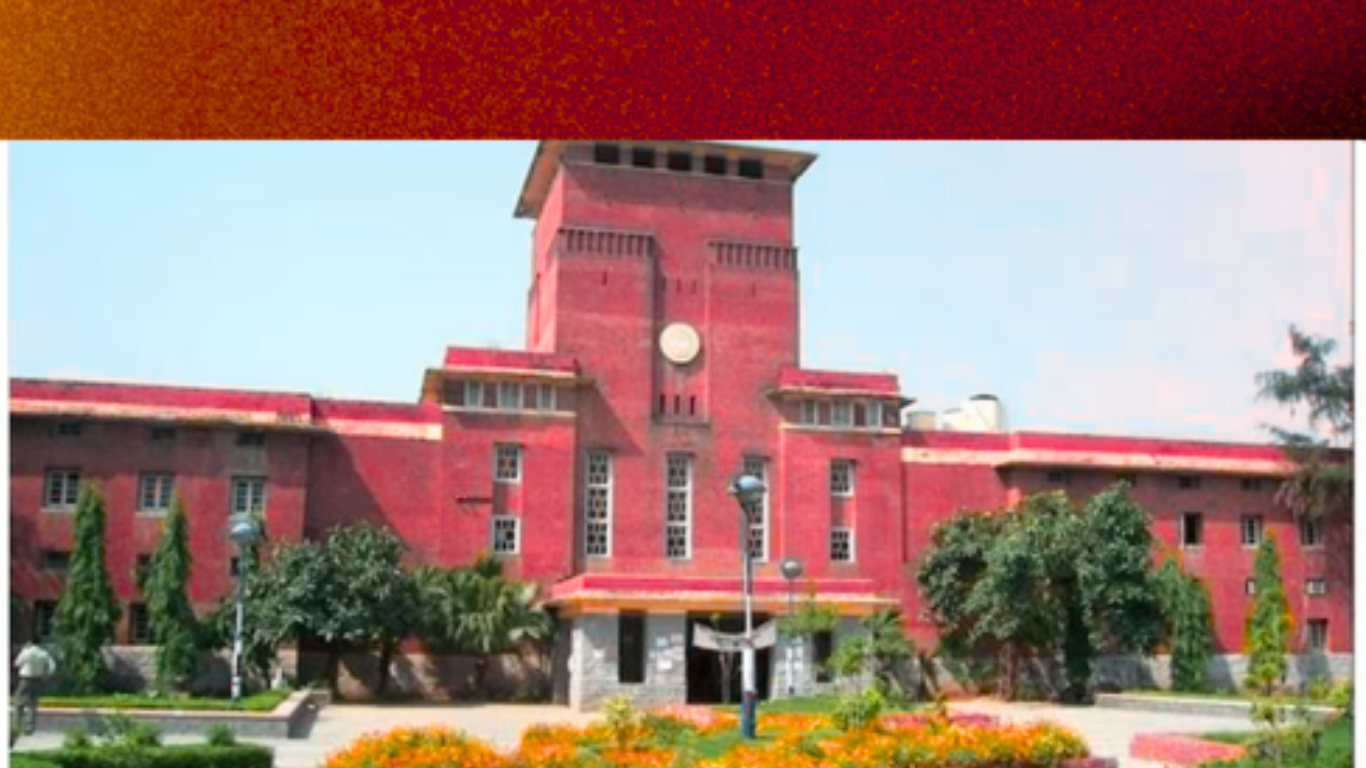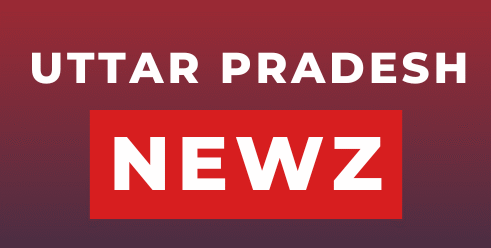
The Uttar Pradesh government is set to transform higher education with the statewide rollout of the Samarth Portal, a digital platform designed to streamline academic and administrative processes for colleges and universities. Announced as a game-changer for students, teachers, and administrators, the initiative aims to bring transparency, efficiency, and accessibility to the state’s education system. Here’s the latest on this ambitious project, with updates as they unfold.
What is the Samarth Portal?
The Samarth Portal is a centralized digital platform developed to modernize higher education in Uttar Pradesh. It serves as a one-stop solution for managing admissions, examinations, fee payments, results, and other academic activities. The platform, already in use by some central universities, allows students to access schedules, course materials, and academic records with ease. For teachers, it simplifies tasks like updating research, applying for leave, and tracking student progress. Administrators benefit from tools for affiliation management, payroll, and budget tracking.
The initiative, backed by the Ministry of Education, is part of a broader push to create a paperless, efficient education system. Uttar Pradesh Governor and Chancellor of State Universities, Anandiben Patel, has called for 100% implementation, emphasizing teamwork and dedication from university staff to make it a success.
Why Now?
The decision to roll out the Samarth Portal across all government and non-government-aided colleges and universities in Uttar Pradesh comes at a critical time. With over 800,000 students enrolled across institutions like the University of Allahabad, Lucknow University, and Guru Jambheshwar University in Moradabad, the need for a unified system is clear. The portal aims to address longstanding issues like delayed admissions, misplaced records, and complex administrative processes, especially in rural and remote areas.
In October 2024, the Uttar Pradesh Higher Education Department directed colleges to submit data by October 5 to integrate with the portal. This followed a workshop in Lucknow, where Delhi University’s Samarth team showcased the platform’s user-friendly features. The state sees this as a step toward fulfilling 14 public interest guarantee services, such as transparent examination processes and faster result declarations.
Key Features and Benefits
The Samarth Portal promises to make life easier for everyone involved in higher education:
For Students: Easy access to admission schedules, fee payments, exam dates, and results. Students can track their academic progress, view attendance, and access feedback, all from one platform.
For Teachers: Simplified processes for updating research, patents, and publications. Leave applications and academic management tools are available at the click of a button.
For Administrators: Tools to manage affiliations, budgets, and payroll, reducing paperwork and improving efficiency.
Transparency: A centralized system ensures clear communication and accountability, reducing errors and delays.
The portal has already been implemented in over 3,000 institutions nationwide, with 1.26 crore students registered and ₹4,000 crore in digital payments processed. Uttar Pradesh aims to replicate this success to create a “digital framework” for its universities.
Progress and Implementation
As of July 20, 2025, the Uttar Pradesh government is accelerating the rollout. A recent post on X from Hindustan Times confirmed the state’s commitment to integrating all colleges and universities into the portal. Guru Jambheshwar University in Moradabad, which oversees 350 affiliated colleges, is already using the portal for admissions in the 2025-26 academic session, ensuring transparency and authenticity.
In a workshop held at Dr. APJ Abdul Kalam Technical University, Governor Patel urged universities to prepare for the new academic session. She highlighted Delhi University’s research-based approach to developing the portal, which has been operational in central universities for five years with positive results. Special Secretary Sipu Giri and Samarth team members from Delhi University demonstrated how the portal handles admissions, academics, and affiliations.
Challenges and Next Steps
While the initiative has strong support, challenges remain. Some colleges, particularly in rural areas, faced delays in submitting data by the October 2024 deadline due to technical issues or lack of training. The government is addressing this by appointing nodal officers to assist institutions and ensure smooth integration.
The Higher Education Department is also working on awareness campaigns to train staff and students on using the portal. Universities like Kumaun University and Soban Singh Jeena University in Uttarakhand, which have similar portals, provide a model for Uttar Pradesh to follow.



